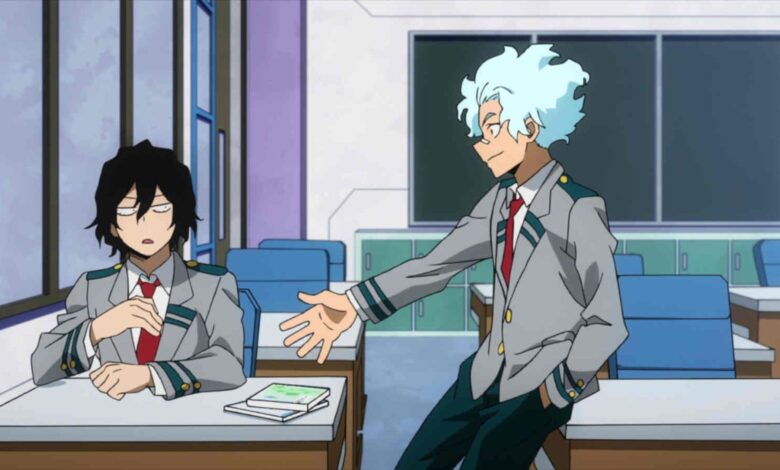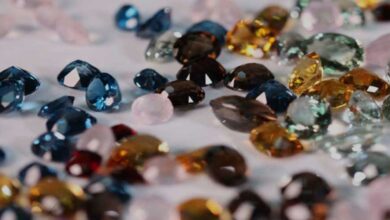What is “Shota” in the World of Anime

If you’re a fan of anime, you’ve likely come across the term “shota” at some point. While it may be a common term in the world of anime, it can be quite perplexing to understand its true meaning, especially for those who are not well-versed in Japanese culture and slang. This article aims to shed light on what “shota” means, its usage in the anime community, and its cultural nuances.
What Does Shota Mean?
In the realm of anime, the term “shota” is used to describe a specific type of male character – one who is underage. Since many anime stories are set in high schools, it’s not uncommon to find young male characters. However, the term “shota” typically refers to male characters who are in elementary school or even younger. As these young characters age and enter their teenage years, they are less likely to be categorized as “shotas.” It’s worth noting that “shota” can also be a fusion of two Japanese words, “Shotacon” and “Shōtarō.”
“Shotacon” refers to an attraction to young boys, the sensation of being attracted to them, or a young boy to whom an older individual is attracted. It’s crucial to understand that, beyond Japan and the Japanese language, “shota” is used to describe male characters in anime who have not yet reached puberty or male teenagers presented erotically.
What is a Trap Shota?
Within the context of anime, there’s another term known as “trap shota.” This refers to a young character who dresses up as the opposite gender. For example, you might encounter a young boy who dresses as a girl or a young girl who dresses as a boy. The term “trap” is used because it involves disguising or luring others into believing the character is of a different gender.
Is It Only Used in Anime?
“Shota” is a term primarily used within the anime and manga community. However, it’s worth noting that “Shota” is also a male given name, albeit not as widely used. You might come across it as a name of Japanese or Georgian origin. In Japan, the name “Shota” is associated with prosperity, while in Georgia, it is linked to a 12th-century poet named Shota Rustaveli.
Is There a Female Equivalent to Shota?
Just as there is a male equivalent in the form of “shota,” there is a female counterpart known as “lolli” or “lolicon.” These terms are derived from the “Lolita complex,” which pertains to an attraction to young, underage girls. The concept of the “Lolita complex” is rooted in a novel called “Lolita,” which tells the story of a man’s obsession with a 12-year-old girl.
How is Shota Used?
The term “shota” is mainly used to describe an attraction to young boys. It’s important to exercise caution when using this word, as it has sensitive connotations. People may quickly associate it with an inappropriate attraction to young boys rather than merely describing a young boy character in anime.
It’s advisable to use the term sparingly and only when your audience is fully aware of its origins and the context in which it is employed. If you intend to use “shota” in conversation or discussion, make it clear that you are referring to a young boy character in anime, and ensure that there is no misunderstanding regarding your intentions.
FAQ
What does the term “Shota” mean in the context of anime?
In anime, “Shota” refers to a male character who is underage, typically describing those in elementary school or even younger. While many male characters in anime are technically underage, “Shota” is specifically used to denote very young characters.
Is “Shota” only used in anime?
Yes, “Shota” is primarily used in the context of anime and manga. It can also be a male given name in Japanese or Georgian origins, but this is less common.
What is a “Trap Shota” in anime?
A “Trap Shota” is a character who is young and dresses as the opposite gender, creating an element of disguise or deception. For instance, this might involve a young boy dressing as a girl or a young girl dressing as a boy.
Is there a female equivalent to “Shota” in anime?
Yes, the female equivalent to “Shota” is often referred to as “lolli” or “lolicon.” These terms are derived from the “Lolita complex” and relate to an attraction to young, underage girls, as seen in certain anime and manga themes.
How should I use the term “Shota” in conversation or discussion?
It’s essential to use the term “Shota” with caution, as it can have sensitive connotations. If you need to use it, ensure that your audience is fully aware of its meaning and context. When using “Shota,” make it clear that you are referring to a young boy character in anime, rather than anything inappropriate.
Can “Shota” have a different meaning outside of the anime context?
Beyond anime and manga, “Shota” can be a male given name. In Japan, it’s often associated with prosperity, while in Georgia, it is linked to a famous poet named Shota Rustaveli. However, this usage is less common and primarily a cultural naming convention.
Is it acceptable to use the term “Shota” casually in everyday conversation?
Using the term “Shota” in everyday conversation may not be suitable in many situations, as it has a specialized meaning within the anime community. If you decide to use it, be sure to provide context and make your intentions clear to prevent any misunderstandings.
Are there any negative connotations associated with the term “Shota” in anime?
The term “Shota” itself is neutral and descriptive, referring to the age of a male character. However, due to its association with certain themes in anime, it can carry negative connotations when misunderstood or taken out of context. It’s important to be aware of these potential connotations when discussing anime.
What should I do if I come across the term “Shota” while watching anime or reading manga?
If you encounter the term “Shota” in anime or manga, it’s essential to understand its context within the story and the character it refers to. In most cases, it simply indicates the age of a male character and should be interpreted as such.
Are there any other terms related to “Shota” that I should be aware of in anime?
While “Shota” is a distinct term, related terms like “Trap Shota” or “lolli” are sometimes used to describe specific character archetypes or themes in anime. It’s helpful to understand these terms in the context of the specific anime or manga you are engaging with.
Conclusion
In the world of anime, terms like “shota” may have specific meanings and connotations that are not immediately evident to those outside the community.
Understanding the nuances of these terms is essential to avoid misinterpretation and to engage in respectful and meaningful discussions about anime and its various themes. While “shota” is a term that has its place in anime discourse, it is crucial to use it with care and consideration for its potential implications.





![[Free*Download] ” Beau Is Afraid ” (2023) YTS Torrent – Download Yify Movies Available Now - 16 Beau Is Afraid](https://techmodena.com/wp-content/uploads/2023/11/Beau-Is-Afraid-220x150.jpg)
